The redistricting saga in North Carolina may not be over, even after new Congressional maps were adopted and a new primary date was set last week.
The North Carolina NAACP is not impressed with the newly configured Congressional districts churned out by the North Carolina General Assembly during the middle of last week.
North Carolina NAACP President Dr. William Barber said that the chaos surrounding the new Congressional primary set for June began with the district maps drawn in 2011.
“It is important for us to note that this entire problem started when extremists, under the leadership of [State Senate President] Phil Berger and [then-House Speaker and now U.S. Senator] Thom Tillis, passed the worst unconstitutional redistricting plans that we had seen in North Carolina since the 19th century,” Barber said at a news conference on Monday.
Barber referred to the 2011 map as “apartheid redistricting.”
“You should have never seen this level of stacking and packing and bleaching of black and minority voters for political advantage,” Barber said.
After a federal court ruled that two of North Carolina’s Congressional districts were unconstitutional and mandated lawmakers redraw the districts, state leaders asked the U.S. Supreme Court for a stay. That request was denied. Barber said that when the NAACP is praising a court led by John Roberts, that speaks to the extent of the issues with the previous maps.
“That the Roberts court that overturned the Voting Rights Act Section 4 – that court, that we have deep issues with – would in our case say to our state Supreme Court, ‘You didn’t ask the right questions about race,’” Barber said.
So now NAACP attorney Irv Joyner says that the group is asking the federal court to quickly hear arguments regarding the legality of the new Congressional renderings and issue a ruling before filing opens in mid-March for the newly-set Congressional primary date, June 7.
U.S. District Judge William Osteen served on the three-judge panel that struck down the 1st and 12th Congressional districts, and he has now ordered that Joyner and the plaintiffs file objections to the new maps and the primary schedule by Monday, February 29. The state would then have until the following Monday, March 7, to respond. And the plaintiffs would have a rebuttal window through March 9.
Joyner said at the Monday press conference that they would request the federal panel draw their own district map. Osteen instead directed the attorneys to file the objections, according to the Associated Press.
North Carolinians will vote in a March 15 primary for races including President, Governor, U.S. Senate and local elections.
If the new maps and Congressional primary date go unaltered, it would be held in early June.
Related Stories
‹
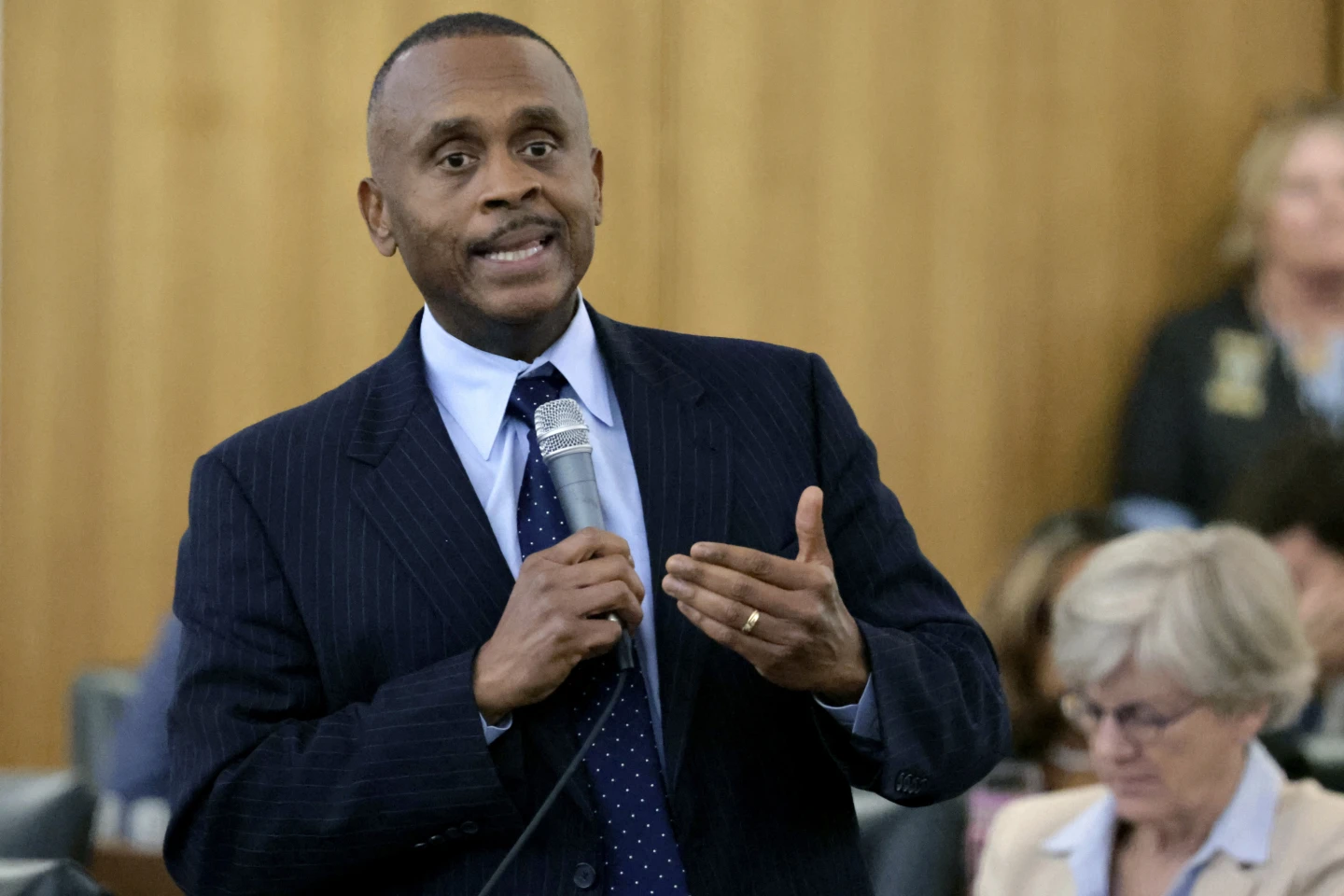
NC House Minority Leader Shares Thoughts on Latest Round of Redistricting and MapsRep. Robert Reives II discussed North Carolina's latest redistricting efforts and his concerns over the state's lack of checks and balances.
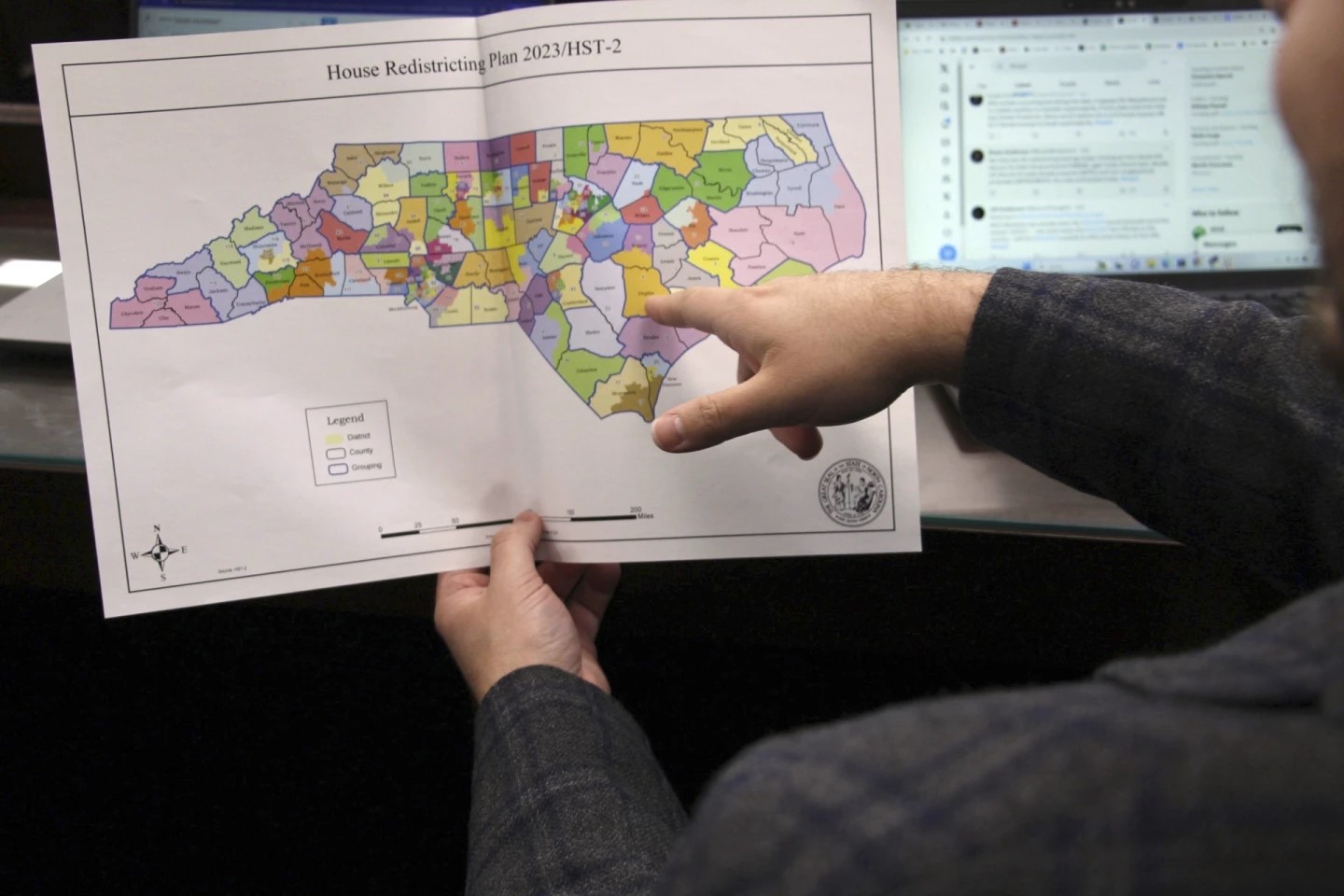
North Carolina Republicans Put Exclamation Mark on Pivotal Annual Session With Redistricting MapsThe North Carolina General Assembly gave final approval Wednesday to new redistricting maps poised to empower the state GOP for years.
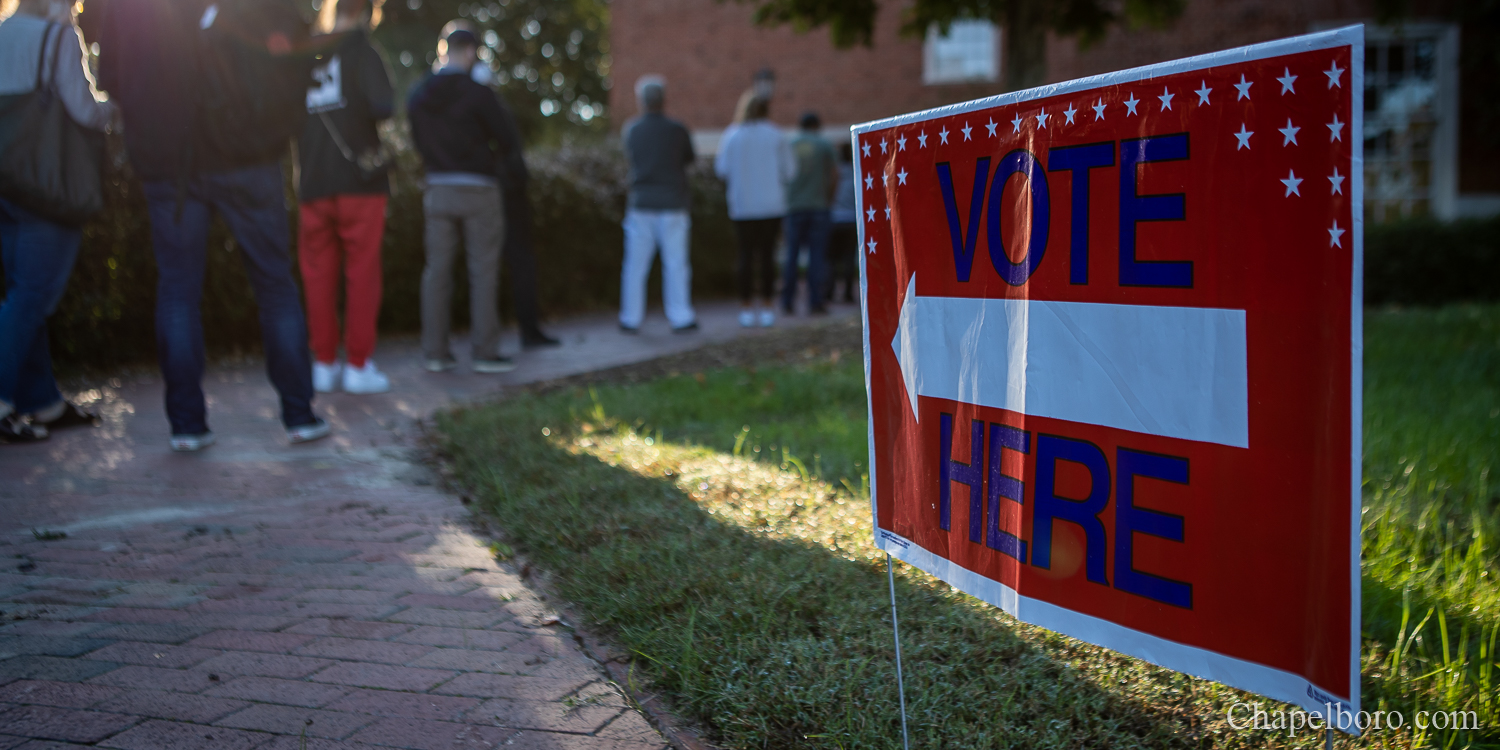
Court Opens Door To Voiding N. Carolina Voter ID AmendmentWritten by JONATHAN DREW and GARY D. ROBERTSON North Carolina’s highest court opened the door Friday to nullifying a voter ID mandate approved by citizens in 2018 because the lawmakers who put it on the ballot were elected from districts tainted by illegal racial bias. However, the North Carolina Supreme Court stopped short of striking […]
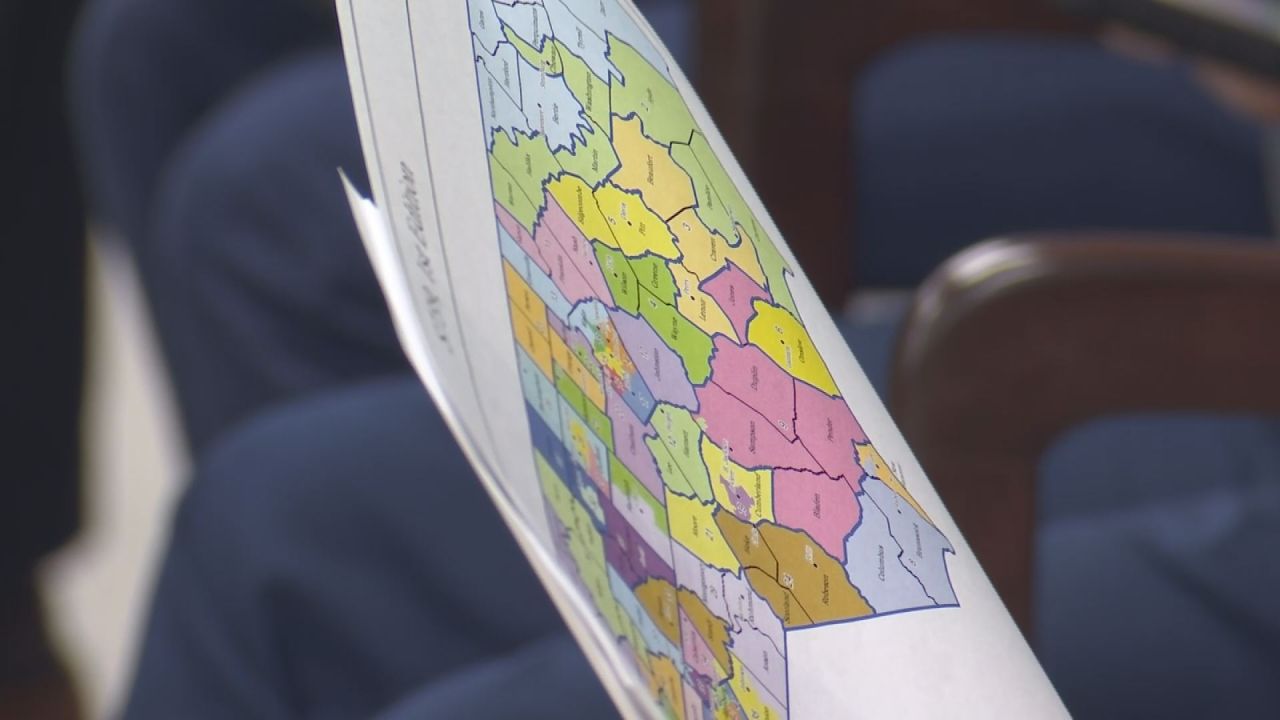
NC Supreme Court OKs Speeding Up Redistricting ArgumentsWritten by GARY D. ROBERTSON In another remapping decision along partisan leanings, the North Carolina Supreme Court has agreed to speed up arguments on further challenges to the boundaries for the state’s legislative seats and congressional districts. By a 4-3 ruling with registered Democrats in the majority, the justices granted a request by Common Cause to accelerate the redistricting […]
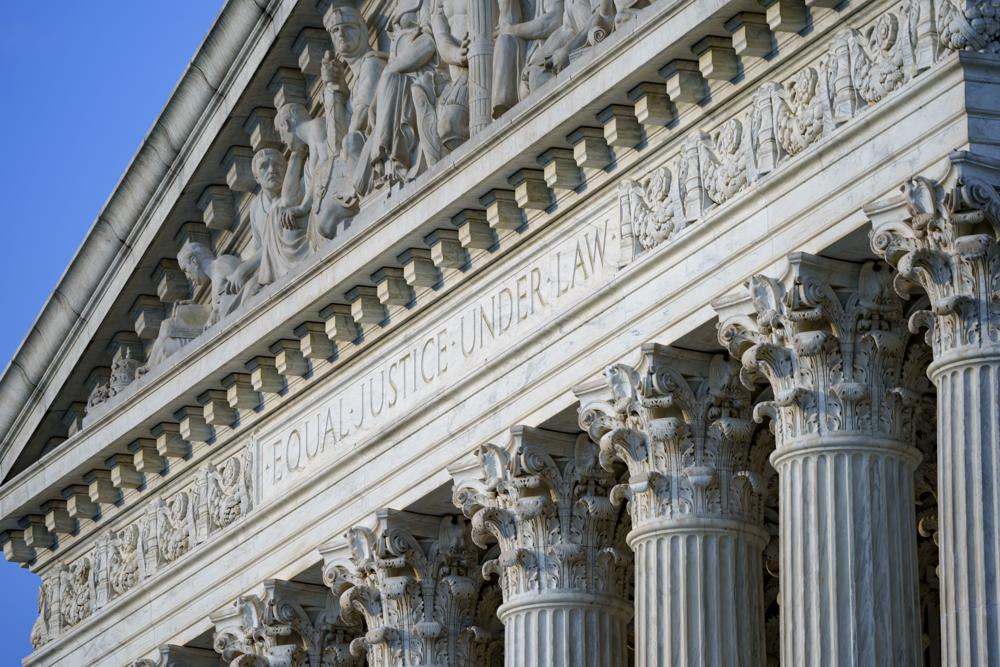
Justices To Hear NC GOP Appeal That Could Limit State CourtsWritten by THE ASSOCIATED PRESS The Supreme Court on Thursday agreed to hear an appeal from North Carolina Republicans that could drastically limit state court authority over congressional redistricting, as well as elections for Congress and the presidency. The justices will consider whether state courts, finding violations of their state constitutions, can order changes to […]

New NC District Maps Due Feb. 18; Expert Shares Reactions to RulingThe North Carolina Supreme Court recently struck down maps drawn by Republican lawmakers. The court said it was an act of partisan gerrymandering which violates the state constitution. Now, the North Carolina General Assembly has until February 18 to submit a new set of maps.

NC Redistricting Trial Concludes; Ruling Coming Within DaysWritten by GARY D. ROBERTSON A rapid trial over North Carolina’s new congressional and legislative districts concluded Thursday with closing arguments over whether the boundaries contain unlawful gerrymanders that should be replaced for upcoming elections. The three trial judges have until Tuesday to rule, the result of a directive by the state Supreme Court, which last […]
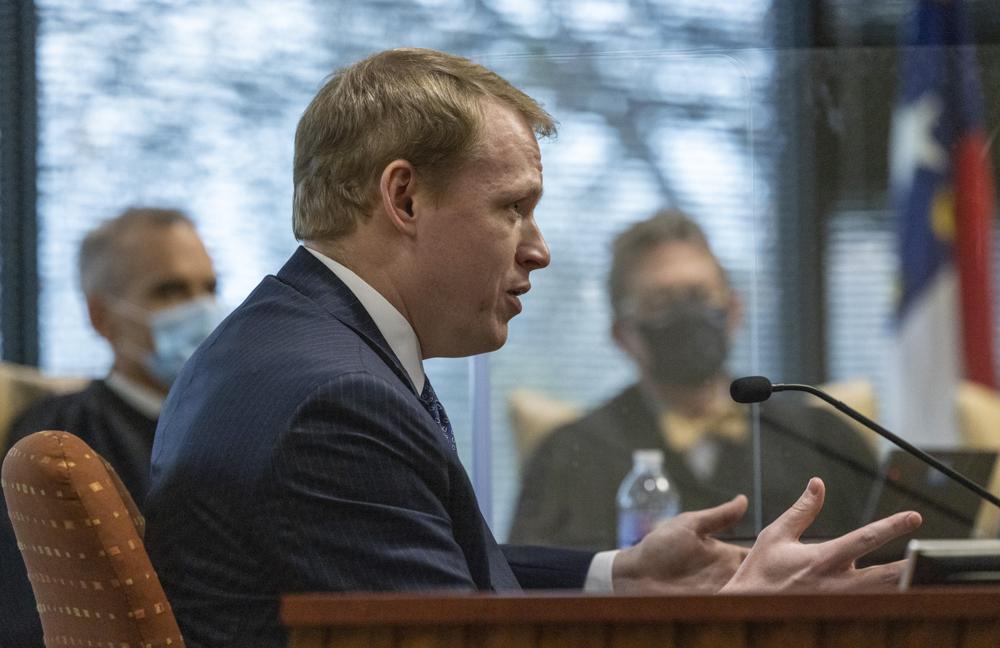
‘Concept Maps’ Revealed as NC Redistricting Trial Winds DownWritten by GARY D. ROBERTSON A North Carolina state legislator who helped orchestrate redistricting in his chamber this fall acknowledged Wednesday that he examined some “concept maps” that were created quietly by someone else before he drew new boundaries in a public committee room. The testimony by House Redistricting Committee Chairman Destin Hall in a trial […]

NC Judges Deny Requests to Block Elections Under New MapsWritten by GARY D. ROBERTSON North Carolina’s 2022 elections under new legislative and congressional maps can begin as scheduled next week after state judges on Friday rejected demands from lawsuit filers who claim the lines have to be blocked because they so egregiously favor Republicans. The refusal of a three-judge panel to issue preliminary injunctions against the […]

Holder: Expect More NC Lawsuits in Next Redistricting RoundExpect more redistricting litigation in North Carolina backed by a national Democratic group that Eric Holder leads unless state Republicans accept anti-gerrymandering reforms this year, the former U.S. attorney general said Friday. Speaking to the University of North Carolina School of Law, Holder said the state is “in some ways, ground zero for partisan and […]
›











Comments on Chapelboro are moderated according to our Community Guidelines